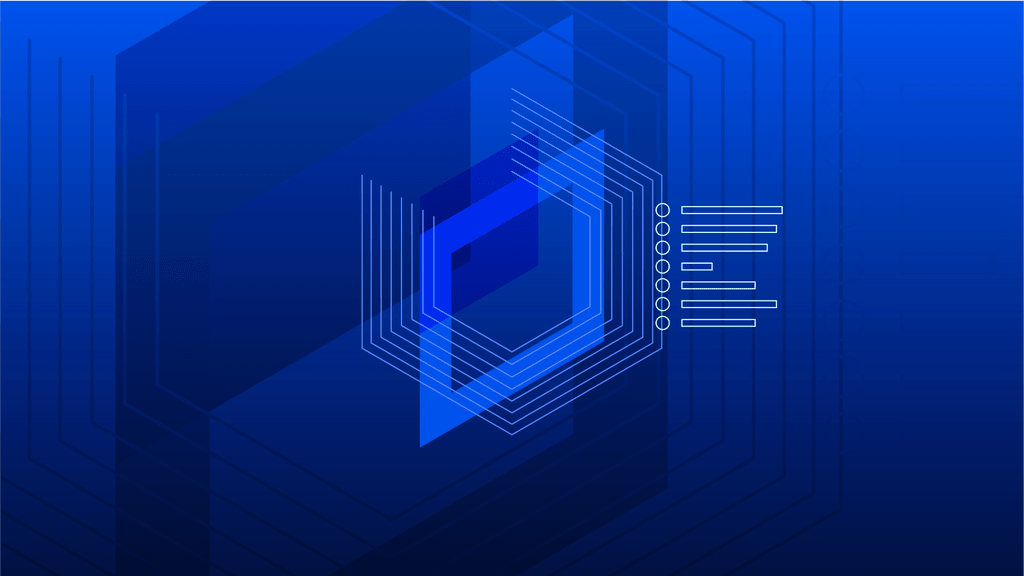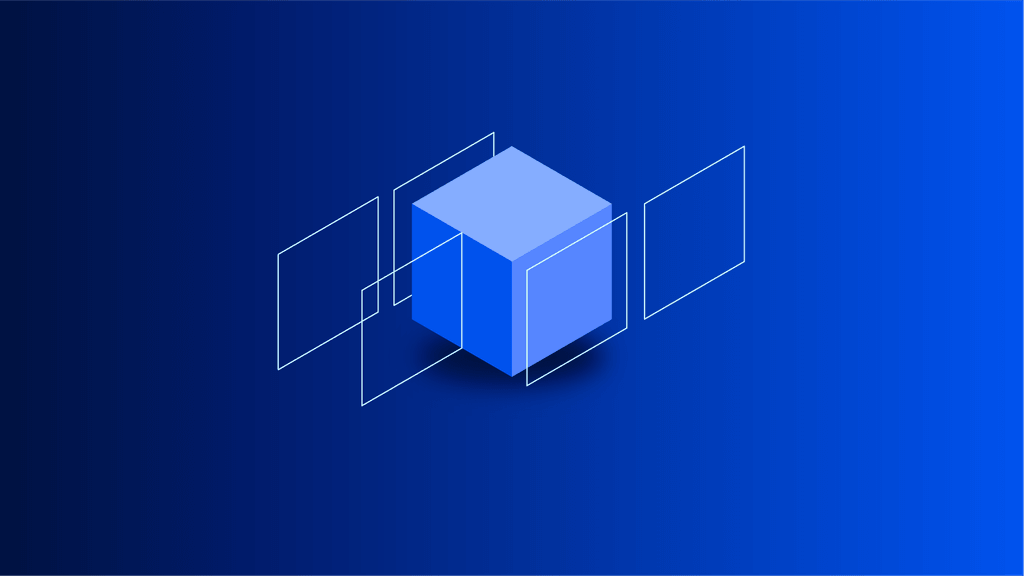Uniform blog/Digital-experience architectures and the rise of composability
Digital-experience architectures and the rise of composability
Digital-experience architectures and the rise of composability
Headless, composable, or monolith? At times, it’s hard to make head or tail of those buzzwords that describe how brands adapt and scale digital experiences. Filling the gap are digital experience composition platforms (DXCPs), which offer a sound approach for navigating today’s changing technologies and building a future-proof stack.
At a recent DX Cafe session, The Future of Digital Experiences, hosted by Matthew McQueeny of Konabos, I explained the concept of digital-experience architectures, the reasons why composable is trending mainstream, and other related topics. Following are the highlights.
Why composability is the next frontier for monoliths
Even though traditional standalone applications, called monoliths, have dominated the enterprise software industry for decades, brands are transitioning to composable from tightly-coupled monoliths, which are difficult to customize and ill-suited for resolving business problems.
As composability continues to gain popularity, traditional vendors are “decomposing” their systems into all-in-one suites with headless capabilities. That model offers significant benefits:
- Instead of being forced to conform to a one-size-fits-all approach, businesses can choose modular components that cater to their desired capabilities and fulfill their needs.
- Businesses have one procurement cycle and one contract—an out-of-box perk that helps them go to market quickly.
However, there are two drawbacks:
- Monoliths/All-in-one suites play nicely with other modules in their ecosystem, but integration with third-party tools is slow and expensive.
- Companies lose the flexibility and freedom of selecting best-of-need tools that work well in search, personalization, and commerce.
In reality, therefore, all-in-one vendors fall short of true composability.
Why marketing and content practitioners remain wary of headless
Organizations going composable are best served by cloud-based headless tools, which they can plug and play with their composable architecture. Among headless technology’s key advantages are—
- Omnichannel delivery. Because headless separates the front-end presentation layer from the back-end’s content management system (CMS), brands can easily and seamlessly reuse content across channels and touchpoints.
- Flexibility. Freed from the constraints of legacy systems with limited programming languages, brands gain tremendous flexibility in selecting front-end frameworks and best-of-breed solutions that meet ever-changing business demands.
Nonetheless, despite the fanfare around headless, tooling for marketers and content creators lags far behind. Missing is the visual interface that enables marketers to build channel-specific experiences, shifting authoring control to technical teams. In the end, marketers are disempowered, and developers are inundated with IT requests that divert time away from strategic projects and innovations.
Uniform DXCP is built to accommodate the needs of all the teams that create digital experiences, from engineering to marketing to merchandising. By connecting content sources to a visual workspace, marketing and content practioners can quickly assemble experiences from headless and legacy tools without developer support.
Why the path to MACH is an intricate one
MACH, which stands for Microservices, API-first, cloud-based, and headless, has defined the standards for building a “best-of-breed” tech stack. A composable MACH architecture yields the modularity and flexibility of composable systems while enabling teams to quickly iterate and adapt to customer expectations.
However, some organizations set out to build a composable MACH architecture, only to end up with a composed MACH monolith weighed down by glue code. Even though composability is an underlying concept of MACH architecture, cobbling together headless tools into a composable stack doesn’t equal MACH. Moreover, those same tools might not be API-first or publicly accessible outside a vendor’s platform.
Ultimately, MACH architecture must comprise well-articulated, defined microservices that can manage your platform’s entire infrastructure. With MACH-certified vendors like Uniform, you can plug and play MACH technologies and headless solutions into an agile, high-performance stack that avoids tech debt and the high cost of building and maintaining custom integration code.
How Uniform bridges the gap among legacy, headless, and composable
For businesses migrating from a traditional legacy system, adopting a composable MACH architecture is the next step for experience creation and delivery, but the move can be complicated by the fast-evolving digital landscape and the effort required to transform organizational mindset. Brands also need help choosing the right tools for composable, which is a challenging exercise in a multivendor environment.
Uniform has the answers. During the evaluation process, Uniform guides brands in validating vendor technology and the approach for building experiences and involving stakeholders. Additionally, Uniform DXCP offers vendor neutrality, enabling organizations to run a proof of concept so as to test, learn, and decide which technologies deliver the best consumer experience. As a result, digital experience composition not only affords teams the freedom to work with the tools they love, but also gives them remarkable flexibility and scalability in doing their job.
To learn more about the future of digital experience and the emergence of DXCPs, watch the full session below.







